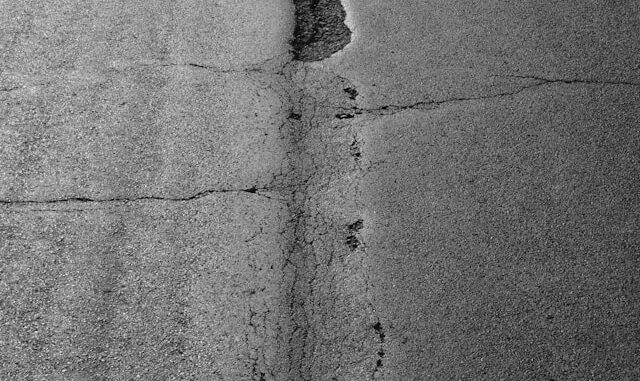
Trip and fall accidents are a significant public safety concern in Ontario, often resulting in severe injuries and costly legal battles. This article examines recent cases from the Ontario Superior Court to shed light on the legal landscape surrounding these incidents, focusing on liability determination, damages awarded, and the impact of the Occupiers’ Liability Act.
Liability Determination: A Multi-Faceted Approach
The Occupiers’ Liability Act forms the backbone of liability determination in trip and fall cases. This legislation imposes a duty on occupiers to ensure the reasonable safety of persons entering their premises. However, recent cases highlight the complexities involved in establishing liability.
In Hamilton-Dawkins v. Town of Ajax, the court dismissed a claim against the municipality due to its successful invocation of a statutory defense under the Municipal Act, emphasizing the importance of understanding the specific legal provisions governing different occupiers. Conversely, in Youkhana v. Pearson, the court held the plaintiff partially liable due to their own negligence, illustrating that liability is not always solely attributed to the occupier.
The court’s approach often hinges on a multi-faceted analysis, considering factors such as the nature of the hazard, the occupier’s knowledge and response, the plaintiff’s conduct, and the circumstances surrounding the incident. This nuanced approach is evident in Kamin v. Kawartha Dairy Ltd., where the court relaxed the requirement for the plaintiff to pinpoint the exact location of the fall, focusing instead on the general unsafe condition of the property.
Damages Awarded: A Wide Range of Outcomes
Damages awarded in trip and fall cases vary widely, reflecting the unique circumstances of each incident and the severity of the resulting injuries. In Youkhana v. Pearson, the court ordered the plaintiff to pay substantial costs due to their misconduct and unreasonable litigation delays, demonstrating that damages can be influenced by factors beyond the physical injuries sustained.
Conversely, in cases where the occupier’s negligence is evident and the injuries are severe, damages can be substantial. This includes compensation for medical expenses, lost income, pain and suffering, and other losses. The specific amount awarded depends on various factors, including the plaintiff’s age, occupation, and the long-term impact of the injuries.
The Occupiers’ Liability Act: A Double-Edged Sword
The Occupiers’ Liability Act is a crucial legal instrument in trip and fall cases, providing a framework for determining liability and protecting the safety of individuals on another’s property. However, recent cases highlight that the Act can be a double-edged sword.
On one hand, the Act provides a clear avenue for victims to seek compensation for their injuries, holding occupiers accountable for maintaining safe premises. On the other hand, the Act also provides defenses for occupiers, such as the statutory defense invoked in Hamilton-Dawkins v. Town of Ajax. This means that even if an accident occurs, the occupier may not be held liable if they can prove they took reasonable steps to prevent the hazard.
Conclusion: Navigating the Legal Landscape
Trip and fall accidents are a complex legal area, with outcomes often hinging on nuanced interpretations of the Occupiers’ Liability Act and a thorough analysis of the specific facts of each case. The recent Ontario Superior Court cases discussed in this article underscore the importance of seeking legal counsel if you have been injured in a trip and fall accident. A qualified lawyer can help you understand your rights, navigate the legal process, and potentially secure the compensation you deserve.
By understanding the legal landscape and seeking professional guidance, victims of trip and fall accidents can better protect their rights and seek justice for their injuries. This, in turn, can contribute to a safer environment for everyone in Ontario.



